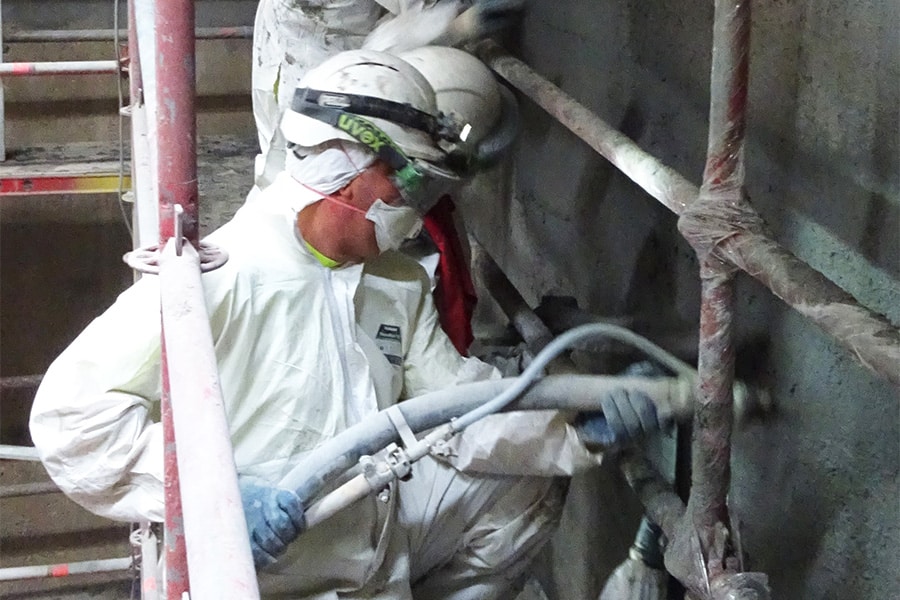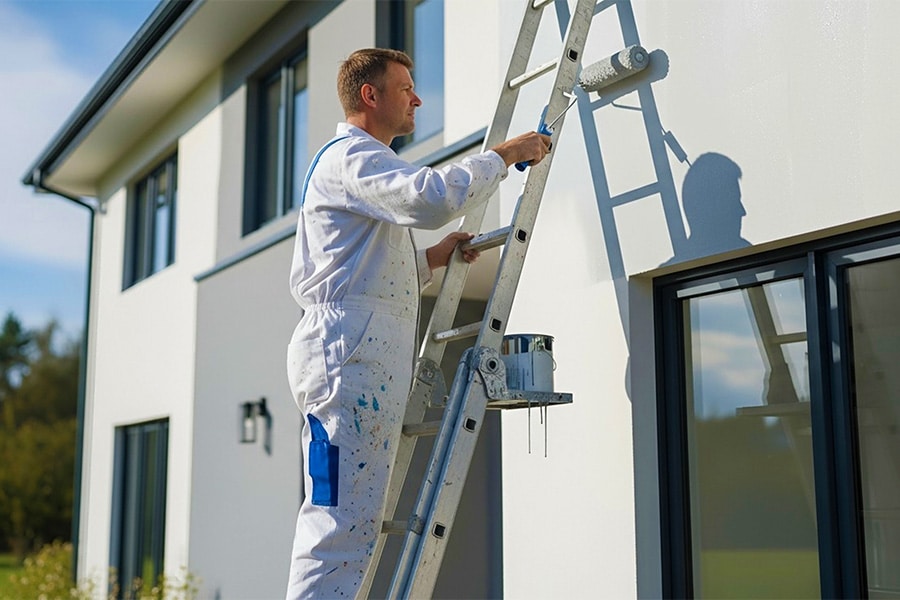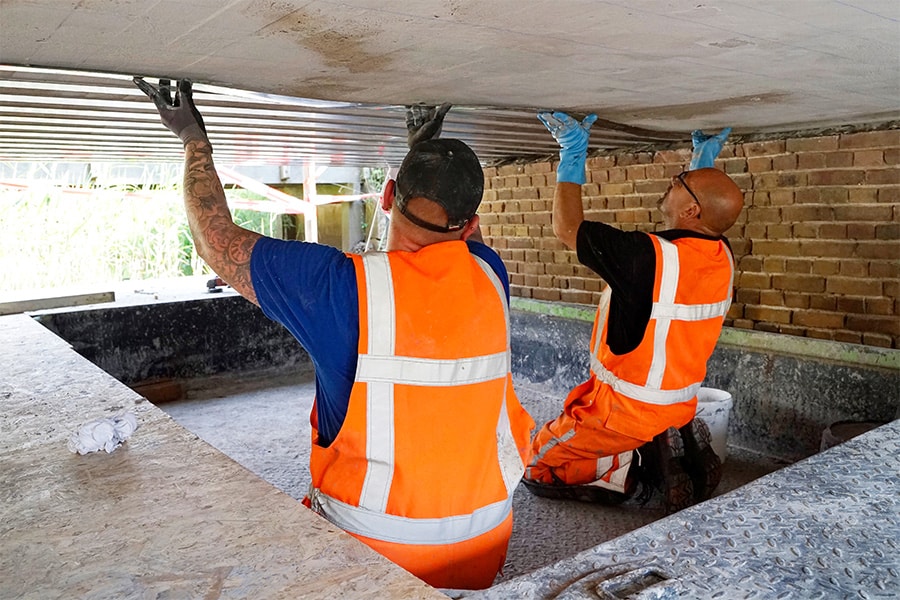
The new Concrete Construction Guide: now available at a local concrete plant
After four years it is completely up-to-date and contains sustainable tips: the Concrete Construction Guide from Betonhuis. A comprehensive reference book for professionals in the construction industry. The guide focuses on the preparation, processing and execution of in-situ concrete structures and has a special focus on sustainability in the new version.
It is an indispensable link for the designer, contractor and supplier. With it, another important step toward sustainable construction has been taken.
A knowledge source and compass for sustainable construction
More than ever, sustainability plays a role in the concrete industry. Therefore, the updated Concrete Construction Guide has been enriched with sustainability frameworks. It thus constitutes a valuable source of knowledge for construction professionals. It contains, for example, how to save on energy, but also on things like formwork materials and binders. In addition, the guide refers to animations on the Betonhuis website.
Striving to be carbon neutral
In the guide you also read about the sustainable ambitions of the Dutch concrete industry when it comes to CO₂. Between 1990 and 2022, emissions have already been reduced by 25% to 30%. As part of Betonhuis' strategic initiative Implementing CO₂ Roadmap Concrete, the goal is to reduce emissions by 60% by 2030. By reusing gravel, sand and cement from old concrete, the concrete mortar industry can already take steps to reduce CO₂. Eventually, new techniques should lead to CO₂-neutral concrete production.
Up-to-date knowledge helps industry move forward
Up-to-date knowledge is of enormous importance in the construction industry. With a growing demand for sustainable building materials and a continuing need for qualified personnel, disseminating knowledge is essential to moving the industry forward. The Concrete Construction Guide plays a crucial role in this by making practical information accessible to both experienced professionals and new generations.
Request it now
Request the 110-page Concrete Construction Guide full of sustainable tips and innovations from a Betonhuis affiliated local concrete plant or order the guide from the Betoniek.co.uk shop.




